|
This image was created with the tripod-mounted Canon EF 800mm f/5.6L IS USM Autofocus lens and the Canon EOS-1D X digital SLR . ISO 800. Evaluative metering +1 stop off the low sky: 1/3200 sec. at f/6.3 in Manual mode. Central sensor/AI Servo Surround/Rear Focus AF active at the moment of exposure. Click here if you missed the Rear Focus Tutorial. Click on the image to see a spectacular larger version. The wing position in this image, with the bird’s wings fully up, is ideal. Note that I was working 99.99% right down sun angle. The tiny shadow of the bend of the near wing on the dorsal surface of the far wing indicates that I was off by .01%. 🙂 7:18am. |
We Go With One/Barnegat Jetty IPT Late Registration Discount Offered
BIRDS AS ART/A Creative Adventure Barnegat Jetty IPT, Barnegat Light, NJ: 2 1/2 DAYS. Thursday DEC 20 (1:30pm) through Saturday, DEC 22, 2012: $999. Limit 6/Openings: 5. Includes 5 photo-sessions, both lunches, introductory slide program (DEC 20), Photoshop session (DEC 21), and image sharing at lunch DEC 22.
Many folks who run photographic tours take deposits only to cancel the event at the last minute by sending an e-mail to this effect: We are sorry. We are forced to cancel this workshop as we only signed up five participants and we will not make enough money if we run the trip. My policy for the past two decades has been to run BIRDS AS ART Instructional Photo-Tours with as few as one participant. Why? If someone arranges to get time off from work, to purchase plane tickets, and to book a hotel room and rent a car, it seems downright unconscionable and disrespectful to cancel.
Right now the Barnegat Jetty IPT that I am co-leading with Denise Ippolito has a single registrant. We are looking forward to working with Bill Wingfield who is flying from Charleston, South Carolina and meeting us in Manahawkin, NJ this coming Thursday for lunch and our first afternoon photo session. Bill seems like the happiest of campers. Click here and scroll down for additional info and images. And feel free to call me on my cell at 863-221-2372 from 9am to 9pm for late registration discount information. Please leave a message with a callback number if I do not pick up. As my late Dad used to say, “I don’t here such good anymore.”
|
This image was created with the tripod-mounted Canon EF 800mm f/5.6L IS USM Autofocus lens and the Canon EOS-1D X digital SLR . ISO 400. Evaluative metering +1 stop off the low sky: 1/1250 sec. at f/7.1 in Manual mode. Central sensor/AI Servo Surround/Rear Focus AF active at the moment of exposure. Click here if you missed the Rear Focus Tutorial. Click on the image to see a larger version. 4:01pm. |
Is the Lethal Canon EOS-1D X Unfair to Flying Cranes?
The short answer is “Yes.” Be sure to click on each image to see the spectacular larger and sharper version. I just noticed that the color on some of the enlarged images is more pleasant than on the smaller images that appear in the blog itself. I am not sure if it is a color space issue or a Word Press issue. IAC, the images in the blog are more red and the larger images are more pleasingly and properly yellow. Today is the first time I have noticed that.
On the recently concluded Bosque del Apache IPT I used the Canon 800mm f/5.6L IS lens with the amazing EOS-1D X professional digital camera body for all of my photography of Sandhill Cranes in flight during both our morning and afternoon sessions. The results blew me away. I wound up deleting 100s of perfectly sharp flight images with good wing positions. Why? So that “I’d have room on my hard drives for the really spectacular images like those above and below.
|
This image was created with the tripod-mounted Canon EF 800mm f/5.6L IS USM Autofocus lens and the Canon EOS-1D X digital SLR . ISO 400. Evaluative metering +2/3 stop off the sky just above the mountains: 1/1650 sec. at f/7.1 in Manual mode. Central sensor/AI Servo Surround/Rear Focus AF active at the moment of exposure. Click here if you missed the Rear Focus Tutorial. Click on the image to see a larger version. 7:34am. |
When I am teaching at Bosque, I am constantly reminding folks that the most dramatic images are made when the birds are just below r just above the Chupadera Mountains in the background. In the image above, the early morning light and the shadows on the mountains add to that drama.
|
This image was created with the tripod-mounted Canon EF 800mm f/5.6L IS USM Autofocus lens and the Canon EOS-1D X digital SLR . ISO 400. Evaluative metering +1 1/3 stops off the sky just above the mountains: 1/1000 sec. at f/5.6 in Manual mode. Central sensor/AI Servo Surround/Rear Focus AF active at the moment of exposure. Click here if you missed the Rear Focus Tutorial. Click on the image to see a larger version. 7:04am. |
Why ISO 800 and +1 1/3 stops for the image above? The image was made at 7:03am not long after sunrise. The softer the light the dumber the meter. In full sun I’d make a similar image at only +1/3 off the much bluer sky. Note one of my two favorite wing positions: wings fully down.
|
This image was created with the tripod-mounted Canon EF 800mm f/5.6L IS USM Autofocus lens and the Canon EOS-1D X digital SLR . ISO 800. Evaluative metering +2/3 stop off the sky just above the mountains: 1/2500 sec. at f/7.1 in Manual mode. Three sensors right of central sensor/AI Servo Surround/Rear Focus AF active at the moment of exposure. Click here if you missed the Rear Focus Tutorial. Click on the image to see a larger version. 7:40am. |
South winds are rare at the crane pools in the morning. Understanding the relationship between wind and light direction and bird behavior is hugely important to those wishing to become good bird photographers. Note my other favorite wing positions: wings full up. Note that once it gets to be about 7:30am or so on clear days I switch the exposure to only +2/3 stop off the sky; as the meter gets smarter as the sun gets brighter. But the meter is never as smart as a competent photographer who understands exposure. See the section on Exposure Theory in the original The Art of Bird Photography and Exposure Simplified in ABP II. Save $10 by purchasing the two book bundle. Learn more about each book and about Digital Basics in “98.6 Per Cent” here.
|
This image was created with the tripod-mounted Canon EF 800mm f/5.6L IS USM Autofocus lens and the Canon EOS-1D X digital SLR . ISO 800. Evaluative metering +1 stop off the low sky: 1/2000 sec. at f/5.6 in Manual mode. Central sensor/AI Servo Surround/Rear Focus AF active at the moment of exposure. Click here if you missed the Rear Focus Tutorial. Click on the image to see a spectacular larger version. 4:39pm.. |
When you see a group of cranes fling in over the cottonwoods in the afternoon the trick is to watch them carefully and train your long lens on a bird that separates from the group to avoid merges and clipped wings as they come in to land….
|
This image was created with the tripod-mounted Canon EF 800mm f/5.6L IS USM Autofocus lens and the Canon EOS-1D X digital SLR . ISO 400. Evaluative metering +1 stop off the low sky: 1/1250 sec. at f/6.3 in Manual mode. Two sensors left of central sensor/AI Servo Surround/Rear Focus AF active at the moment of exposure. Click here if you missed the Rear Focus Tutorial. Click on the image to see a larger version. 4:22pm. |
The image above was created with in the afternoon as the cranes were returning to their evening roost in the main impoundment. Moving the active sensor with both the 1D X and the 5D Mark III is a snap. You can learn everything that I know about the great AF system of the 1D X in the 1D X AF Guide and everything that I know about the 5D III in the 5D Mark III User’s Guide.
|
This image was created with the tripod-mounted Canon EF 800mm f/5.6L IS USM Autofocus lens and the Canon EOS-1D X digital SLR . ISO 1600. Evaluative metering +2/3 stop off the low sky: 1/1250 sec. at f/9 in Manual mode. Central sensor/AI Servo Surround/Rear Focus AF active at the moment of exposure. Click here if you missed the Rear Focus Tutorial. Click on the image to see a larger version. 7:03am. |
Here I needed to set a high ISO and add lots of light because a thin layer of clouds had obscured the sun. Image files at the higher ISOs with the 1D X are so clean as to be barely believable.
|
This image was created with the tripod-mounted Canon EF 800mm f/5.6L IS USM Autofocus lens and the Canon EOS-1D X digital SLR . ISO 400. Evaluative metering +1 stop off the low sky: 1/1250 sec. at f/7.1 in Manual mode. Central sensor/AI Servo Surround/Rear Focus AF active at the moment of exposure. Click here if you missed the Rear Focus Tutorial. Click on the image to see a larger version. 3:51pm. |
A healthy dose of NIK Color Efex Pro got this image to sing. Here I used one of my custom recipes: 80% Tonal Contrast/33% Detail Extractor. After I ran this combo I reduced the opacity in Photoshop to about 50%.
NIK 15% Discount
As regular readers here know, NIK Color Efex Pro has drastically changed my digital workflow. You can save 15% on all NIK products by clicking here and entering BAA in the Promo Code box at check-out. Then hit Apply to see your savings. You can download a trial copy that will work for 15 days and allow you to create full sized images.
|
This image was created with the tripod-mounted Canon EF 800mm f/5.6L IS USM Autofocus lens and the Canon EOS-1D X digital SLR . ISO 400. Evaluative metering +1 1/3 stops off the sky above the mountains in very early morning light: 1/60 sec. at f/6.3 in Manual mode. Central sensor/AI Servo Surround/Rear Focus AF active at the moment of exposure. Click here if you missed the Rear Focus Tutorial. Click on the image to see a larger version. 6:58am. |
Getting the eye sharp when creating pan blurs requires you to match your panning speed with the speed of the bird in flight. The older I get the more difficult it becomes to do that. Want to learn more? Get yourself a copy of A Guide to Pleasing Blurs by Denise Ippolito and yours truly.
|
This pair of Sandhill Cranes was photographed at Bosque del Apache NWR, San Antonio, NM with the tripod-mounted Canon EF 800mm f/5.6L IS USM Autofocus lens, the Canon 1.4x EF Extender III (teleconverter), and the Canon EOS-1D X digital SLR . ISO 800. Evaluative metering +1 stop off the low sky: 1/1600 sec. at f/8 in Manual mode. 4:36pm. Central sensor (by necessity)/AI Servo Expand/Rear Focus AF active at the moment of exposure. Click here if you missed the Rear Focus Tutorial. Click on the image to see a larger version. As regular readers know I purchased a second 1D X after wrecking my first in South Georgia (along with my new 500 f/4L IS II). I was aghast at first when the new 1D X would not AF with the 1.4X TC…. See “1D X Detective” below for the whole story. |
On the afternoon of November 27, the birds were landing farther away than usual so I added the 1.4X III TC and went to ISO 800.
Which are Your Favorites, and Why?
Take a moment to let us know which of the above images above are your favorites, and be sure to let us know why. For the sake of simplicity, please use the time of capture when referring to an image.
Amazing Sigma Lens Prices
As regular readers know the Sigma 50-500mm f/4.5-6.3 DG OS HSM APO Autofocus lenses for both Canon and Nikon mounts offer amazing focal length coverage and are razor sharp when used at f/8. Clemens van der Werf used the Canon mount model with fabulous results on the Cheesemans’ Ecology Safaris Southern Ocean expedition this past October and Robert O’Toole has been using the Nikon mount model with great great success for years.
Now here is the amazing news: each of the lenses below sells regularly for $1659.00. Though there is no indication on the B&H page for each item, when you place the item in your cart the price drops to $1299.00. This is an amazing value for one of the most versatile lenses on the planet.
Weekend Creative Nature Photography Seminar, Tampa, FL: February 23 & 24, 2013: $149 Limit: 50/Openings: 45
Join Denise Ippolito and me on the weekend of February 23-24 on the outskirts of Tampa, FL for a great weekend of fun and learning. Learn to improve your photography skills, your skill at designing images in the field, your creative vision, and your image optimization skills. Sunday critiquing session. Click here for additional details and the complete schedule.
Shopper’s Guide
Thanks a stack to all who have used our B&H affiliate links to purchase their gear as a thank you for all the free information that we bring you on the Blog and in the Bulletins. Before you purchase anything be sure to check out the advice in our Shopper’s Guide.
Shop B&H

Support the BAA Blog. Support the BAA Bulletins. We want and need to keep providing you with the latest free information, photography and Photoshop lessons, and all manner of related information. Show your appreciation by making your purchases immediately after clicking on any of the links above. Remember, B&H ain’t just photography!
And from the BAA On-line Store:
LensCoats. I have a LensCoat on each of my big lenses to protect them from nicks and thus increase their re-sales value. All my big lens LensCoat stuff is in Hardwood Snow pattern.
LegCoat Tripod Leg Covers. I have four tripods active and each has a Hardwood Snow LegCoat on it to help prevent further damage to my tender shoulders 🙂 And you will love them in mega-cold weather….
Gizo GT3532 LS CF Tripod. This one replaces the GT3530LS Tripod and will last you a lifetime. Learn more about this great tripod here.
Mongoose M3.6 Tripod Head. Right now this is the best tripod head around for use with lenses that weigh less than 9 pounds. For heavier lenses, check out the Wimberley V2 head.
Double Bubble Level. You will find one in my camera’s hot shoe whenever I am not using flash.
The Lens Align Mark II. I use the Lens Align Mark II pretty much religiously to micro-adjust all of my gear an average of once a month and always before a major trip. Enjoy our free comprehensive tutorial here.
BreezeBrowser. I do not see how any digital photographer can exist without this program.
Delkin Flash Cards. I use and depend on Delkin compact Flash Cards and card readers most every day. Learn more about their great 700X and 1000X cards here or about my favorite Delkin card here.

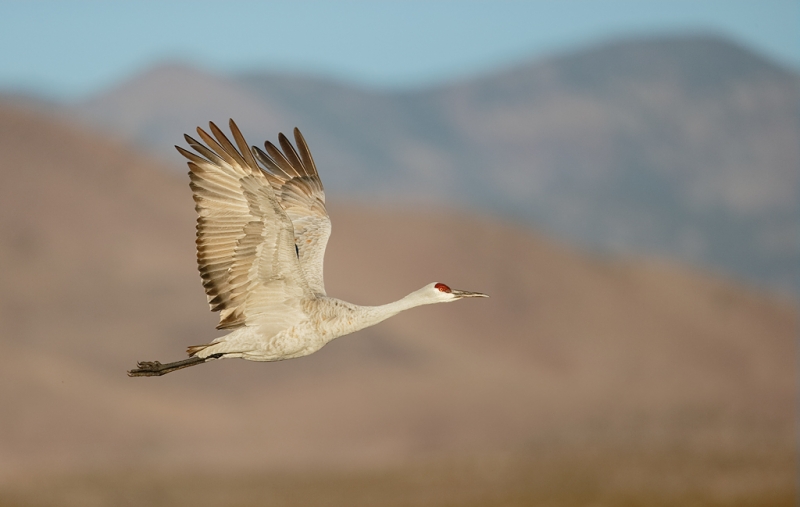
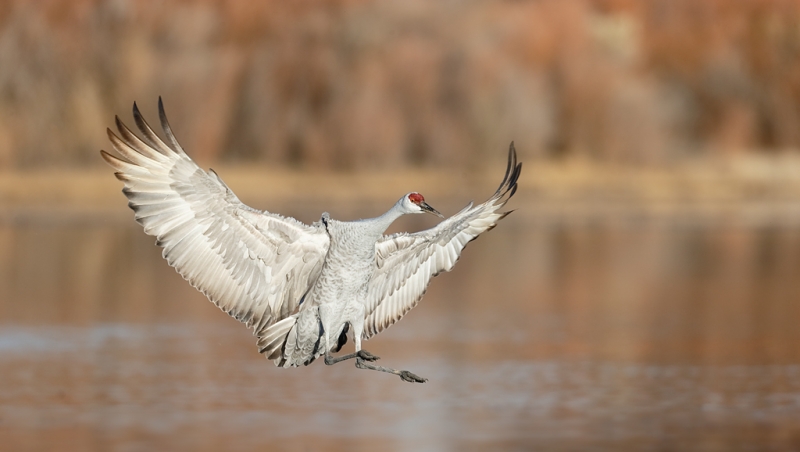
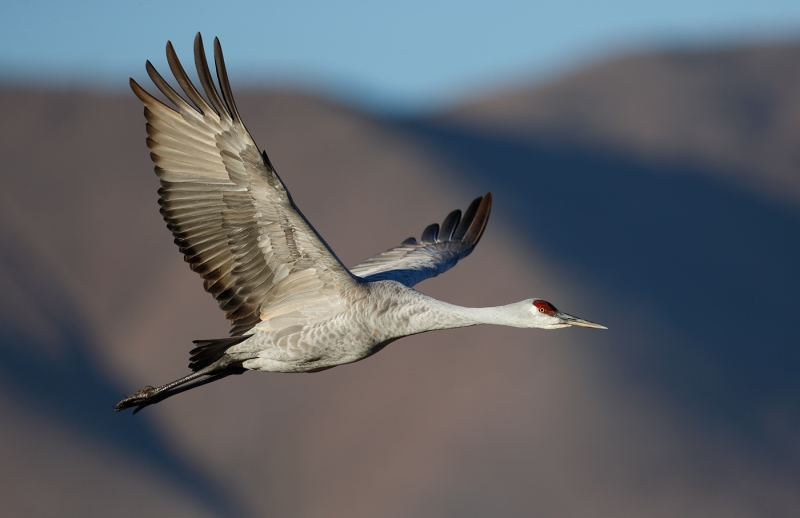
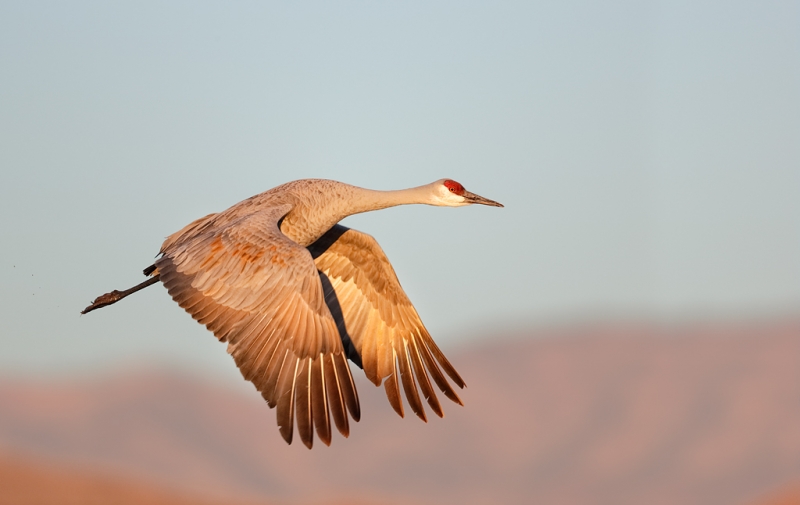
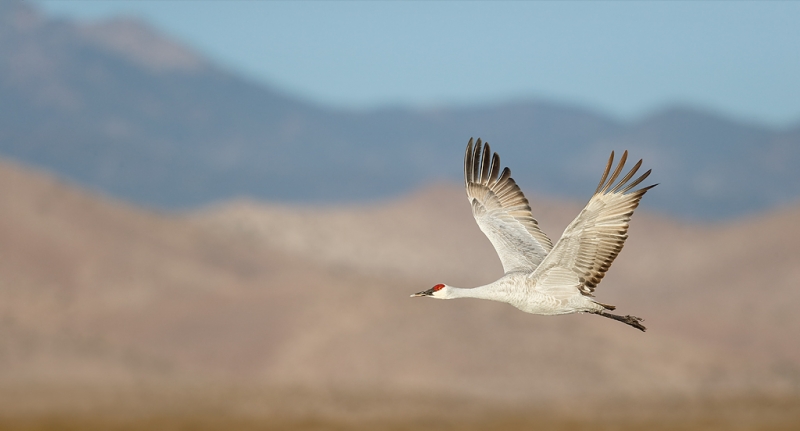
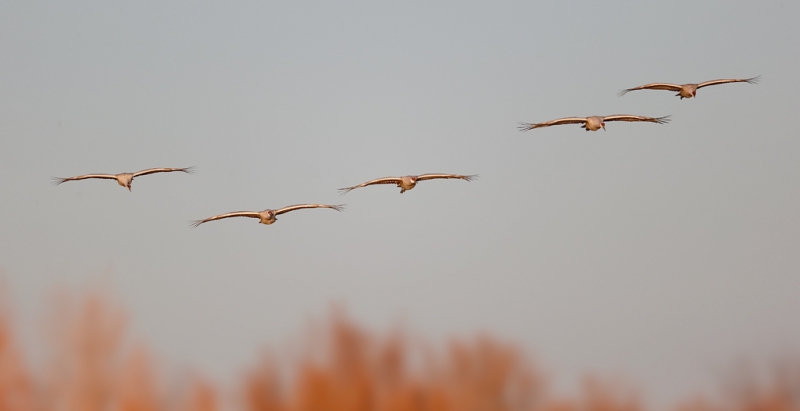
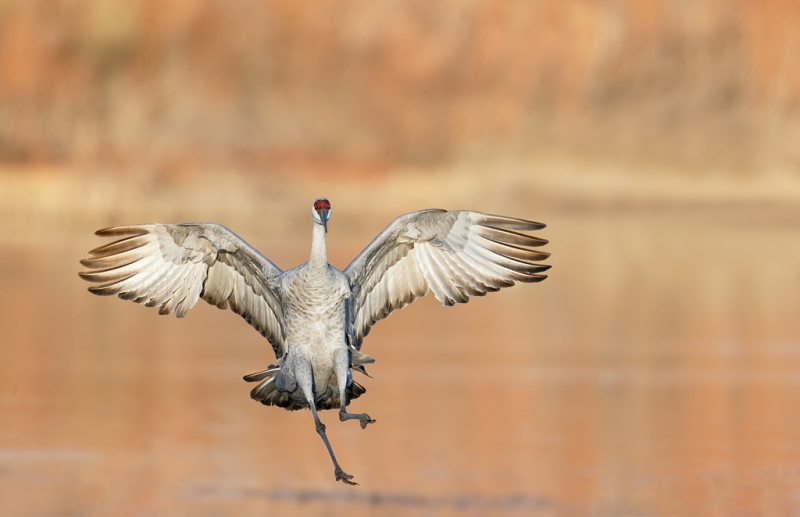
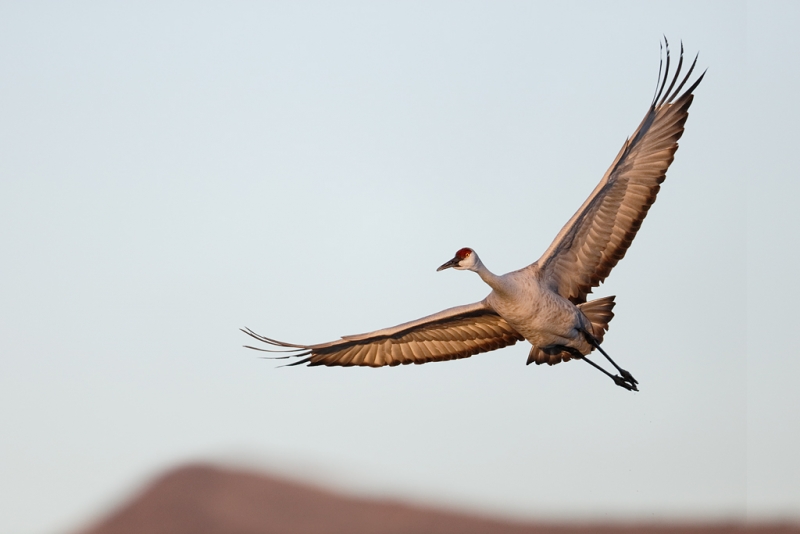
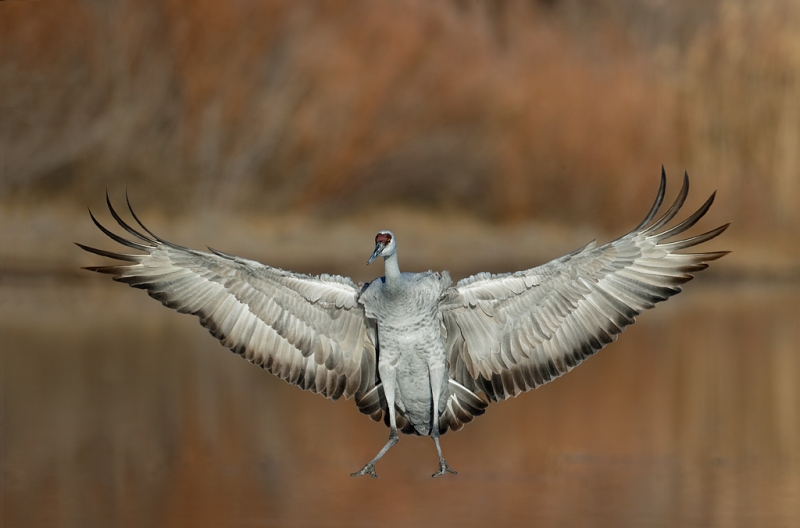
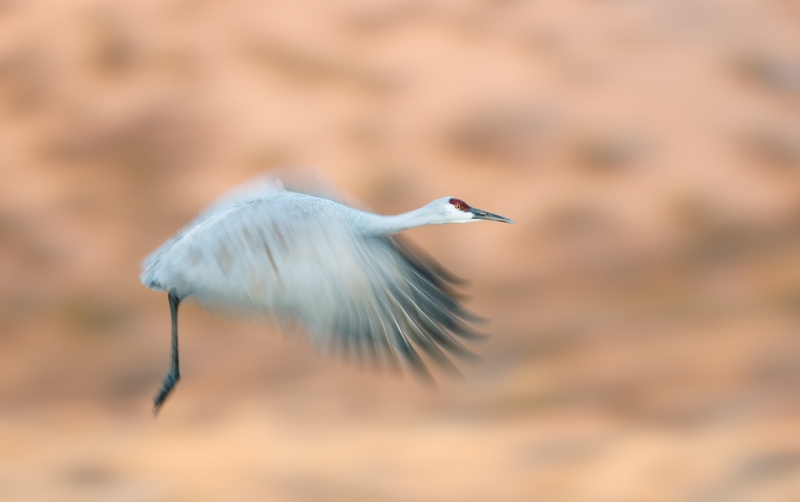
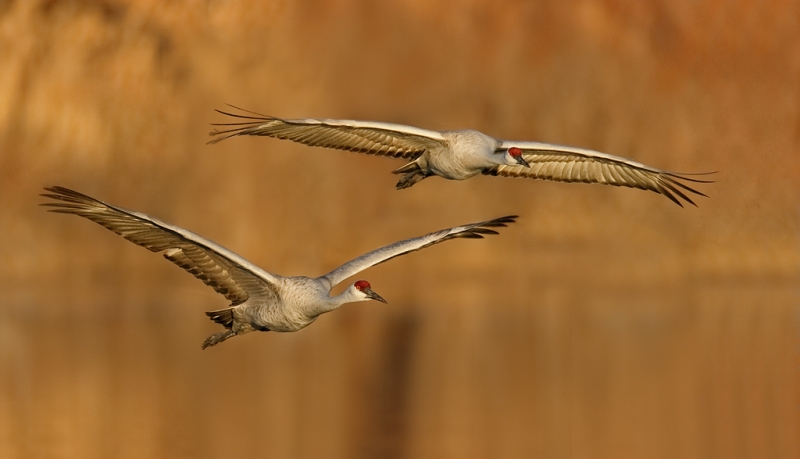
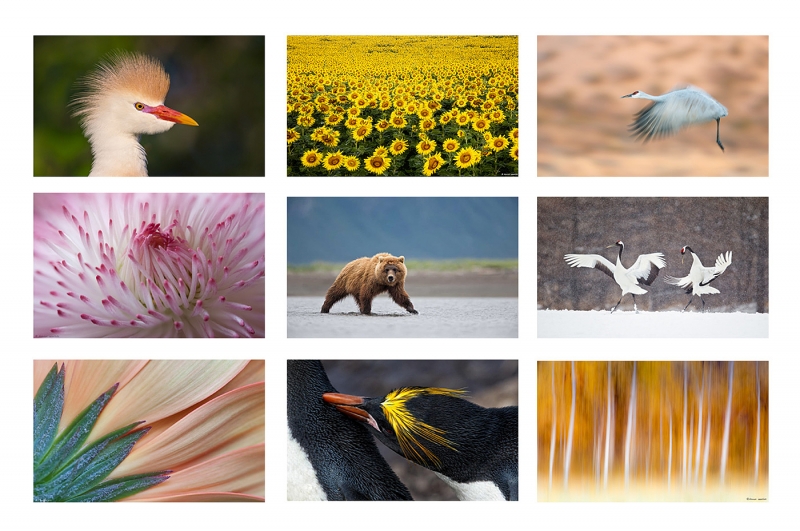













I guess if you forced me to pick a fave, it would be 3:51, followed closely by 7:04 and 4:01. The detail, compositions, and wing positions are stunning.
That said, I’d be happy to come close to any one of these images; you are definitely a great teacher, role model, and inspiration to all of us. To coin a phrase (grin), thanks a stack for all you do for us mere mortals!
Amazing images as always. Can’t even pick a favourite!
Hi, the 3.51 is my favorite (though it is hard to pick amongst such a series of keepers!), one can feel the power, the wind, and I guess one could even count the feathers since the image is so sharp. The overall colors are really in harmony too.
Thanks for sharing those images and your emotions Artie,
Yannick (from France)
Did you turn “IS” off or leave it on for the tripod shots ? thanks
Always on. You must be new here :).
3:51 pm is my favorite from a truly stellar series of shots, Artie.
Just picked up your 1DX guide as well as a Guide to Pleasing Blurs. We are spending the winter in Sebring and I’m hoping to make your Tampa weekend seminar as well. Santa came early bringing a 1DX and 600mm II!
Many thanks. Hope that Santa used our B&H affiliate links for those great presents….
Stunning sharpness…looks like the 1DX + 800mm is a superb flight combo for you. In the 7:03AM image I am seeing a faint vertical line near the right edge. Did you add canvas there?
Good eye! I moved the bird forward in the frame using APTATS II techniques and did not catch the gradient. I will repair the original with the Patch Tool. Thanks!
You killed on flight shots! The 1D X is on my Holiday Wishlist!
Me too!!!
Good luck to you both! Denise, maybe Jax will get one for you!
The Auto focus on the 1DX is simply fantastic and I love the 61 point AF. Focuses much faster than the 1D Mark IV. Love 3:51 and 4:01 for the pose and the wing spread.
Ah, you like those afternoon shots. See my comment to Charles below on 61-point. I am looking forward to seeing both of you in the Galapagos.
3:51pm Spectacular image. The beautiful colours and patterns in the background. The neat wing positions and the small feathers standing up on the top inside of the wings adds much to the image.
Hey Ted, Thanks. That is my favorite too.
I like 7:34 the best for the different background, the lines of the crane, and the exceptional eye detail. So if I understand you correctly, if I purchase the Canon EOS 1DX then all of my images will look like yours ( obviously, just kidding !).
I like 7:34 too. And yes, just buy a 1D X and your images will look just like that. But only if you use our B&H link!
I noticed the same when using my 5D Mark III – Bosque was the first time I tried it for flight. Canon’s latest AF is killer! I love my 1D4, but it’s hard to switch back to it after using the 61 point AF!
Hey Charles, 61-Point is good for flocks in flight but I rarely use it on single flying birds…
Artie, yes I know – I was referring to the new AF system as “61 point AF” 🙂 For the cranes I was frequently using the center zone points, which worked out great.
Love them all, but the 6:58 pleasing blur is my favorite of the bunch. I know how much time it takes to master the technique, so I have a lot of appreciation for it! I tried something similar this morning (Cranes are plentiful here in Gainesville,FL), but need a bit more work. I have your e-book, so I’ll look over it again. 🙂
Thanks Miguel, For the sharp eye, you need to try and to match your panning speed to the speed of the bird; easier said than done!
Really love 4:01.The light and flight position are just wonderful.
Thanks Bill. I like that one too!
Great images Art. To answer the question; Is the EOS-1DX unfair to Cranes or any wildife?
The answer is no, but in the hands of a great shooter, who knows his equipment, great images
don’t just happen, they become a normal.
Don
Thanks Don, But I am making better and more consistently sharp flight images with the 1D X than ever before. By a wide margin.
3:51 shows signs of Efex Pro 4. Did you use the usual formula?
All of the images had Color Efex Pro on the birds only, selected with the Quick Selection Tool. I use varying amounts of TC and DE depending on the image. I usually use either 50/50 or 80/33. But then I often reduce the opacity of those. Not sure what I did for 3:51 but I remember pulling the curve down when I was done. I like the effect of that and of the NIK.
On Breezebrowser Pro. I am using Adobe Bridge much more often than Breezebrowser because it shows the images clear and sharp. Breezebrowser does not do this on initial looking and as such I can’t tell if they are really sharp or not. Quick editing without being able to tell if they are sharp is difficult.
I disagree but only 100%. Hit Control Q in BrBr for an accurately sharpened version.
Wow. Wow. Wow.
My favorites are
4:01pm because of the wing feather detail; 7:34am with the striking light on the head and the black values in the wing tips; 7:03am and 3:51pm for the reminder of dinosaur ancestors in the strongly suggested musculature and skeleton.
Thanks George!
All are very nice images, I like the fourth one down (7:04am) best. But I can not understand how you could so badly screw up the first image. I mean being off by 0.01%, that is totally unacceptable. LOL
Thanks Mike. Guess that I was having a bad day….